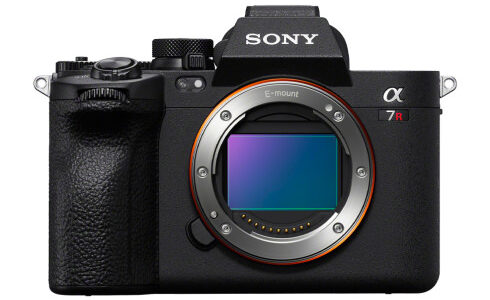Monitor calibration: The secret to perfect color every time!
Monitor calibration: The secret to perfect color every time!

“Please turn off any auto-dimming, true tone or night mode on your computer.”
— john whitehead images
Monitor Calibration
Monitor calibration: The secret to perfect color every time! Have you ever heard, “Never Assume it makes an ass out of you and me.” If you think what you see on your monitor is accurate there is a 99.9% change you are wrong. Your monitor calibration might be close out of the box but never accurate. In fact, you need to tell your computer what profile you want to use, and those options just close representations.
One simple adjustment the brightness of your monitor will make a huge difference. A selling point of most monitors, and television screens are its max luminance. Well, guess what, for monitor calibration in photography, we only use 120 cd/m2. That is only about 1/3 the maximum brightness of my iMac. I teach Photoshop in college and I always run into students who turn the brightness all the way down. For accurate monitor calibration you can never touch your brightness setting.\
Monitor Calibration 3 Main Settings
White Point
I use D65, which stands for 6500 Kelvin. In photography, we measure color temperature in the kelvin scale. If you use D55 you would have a warmer screen and this would change the look of your image on output. Below are some examples of the white balance settings on a camera and their associated Kelvin temperatures. These are just approximations they are not exact. The higher the number in Kelvin the bluer the light, they lower the number the warmer the light.
- Daylight-5500-6500K
- Strobe- 5000-5500K
- Cloudy- 6000K
- Shade-7000K
- Fluorecent-4000K
- Tungsten-3200K
Gamma
I use a gamma of 2.2. Gamma refers to how smoothly black transitions to white. The higher the gamma the smoother the transition. Most monitors use a gamma of 2.2 unlike the old days when mac used 1.8. There really isn’t a reason to know anything more about gamma but if you do here is a link.
Luminance
I use a luminance of 120 cd/m2. This is the industry standard for photography. Other professions might vary around this number. Remember, calibration is trying to match standard, once the standard is achieved it is easy to convert from one profile to another.
There are more factors that go into monitor calibration depending on the type of monitor you are trying to calibrate. In this video I will walk you through the steps. I am using a Data Color Spyder 5 in this video. I now use the Data Color Elite Pro, but the process is basically the same.
Monitor Calibration is one of the first steps in achieving a Color Management workflow. I you would like to learn more about Color Management please check out this post. Feel free to leave any questions or comments below.


[…] I calibrate my monitor to D65, a gamma of 2.2 and a luminance of 120. (If you calibrate using Xrite or Data Color this will make more sense) Here is a link to my blog on monitor calibration. […]
[…] I calibrate my monitor to D65, a gamma of 2.2 and a luminance of 120. (If you calibrate using Xrite or Data Color this will make more sense) Here is a link to my blog on monitor calibration. […]